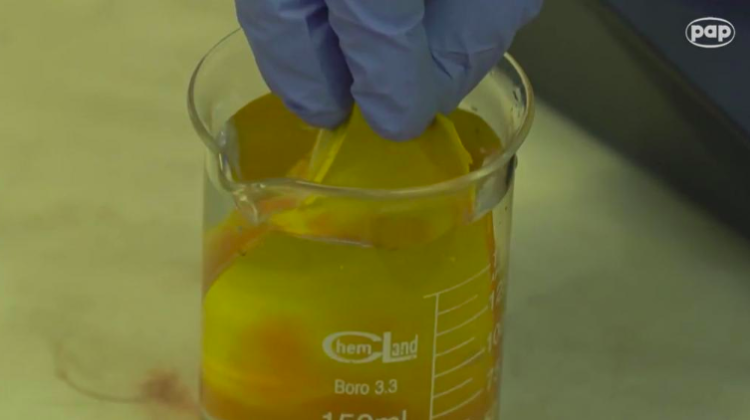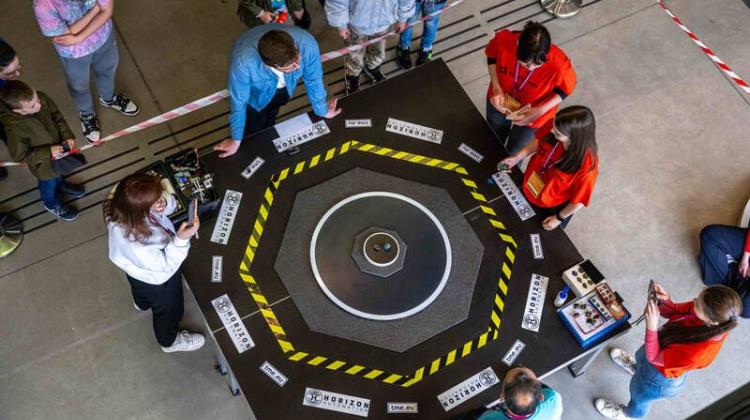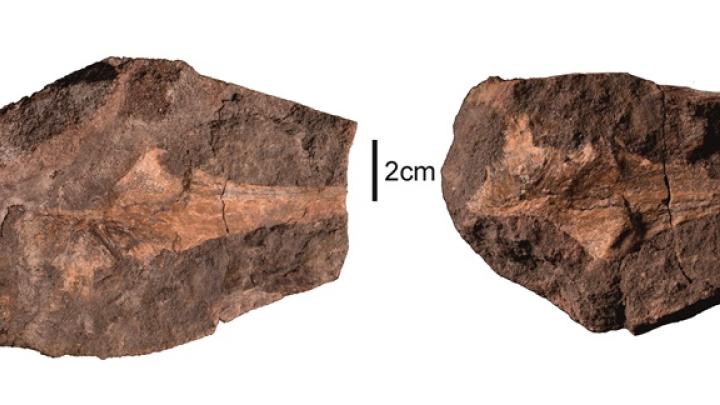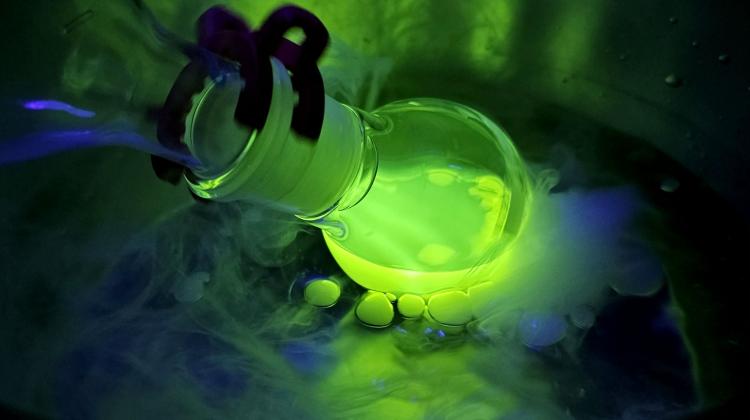Thermochromy will verify whether food products are properly stored

How to visually assess whether packaged food products are stored at the correct temperature? Visual indicators placed on the packaging that change their colour depending on temperature can help.
Thermochromy is the property of some substances that allows them to reversibly change colour depending on temperature. Thermochromic materials are already used in everyday life, for example in gadgets or toys that change colour in response to the warmth of the human body. These materials can also be used in the packaging industry.
Using thermochromy in polymeric indicators to visually assess temperature changes in packaging materials is an idea of Dr. Anna Marzec from the Institute of Polymer and Dye Technology, Lodz University of Technology.
Dr. Anna Marzec notes in an interview with PAP that the high requirements in the food industry have translated into the dynamic development of the packaging industry. Researchers are looking for new ways to inform both sellers and consumers about the condition of the food product in the packaging.
Active packaging materials are being developed that, for example, delay the process of food decomposition, or intelligent packaging materials that inform the consumer about the freshness of a given product.
Part of the latter trend - according to Dr. Marzec - is the proposed indicator containing thermochromic pigments that change colour in the temperature range from -10°C to +50°C. "Placing such an indicator on the packaging gives the consumer quick visual information about the temperature of the packaging, and thus the product inside it" - the researcher says.
The mechanism of visual temperature indicators consists in the disappearance of colour or its change after exceeding the transition temperature. Transition temperature is specific for each organic pigment. When the temperature is lower than the transition temperature, the indicator returns to its original colour.
The researcher argues that the advantage of such indicators is a wide temperature range, which means that they can be used for various products. "The innovation of this solution, in contrast to the currently available ones, lies in the fact that it is possible to control several temperature thresholds in parallel - when crossing successive thresholds, the indicator changes to various colours" - she adds.
In addition, the indicators do not have direct contact with food, they are relatively cheap, because it is not necessary to dye the entire package, and they can be made of various materials, both elastomers and thermoplastic polymers, which means that they can easily be adapted for different packaging materials.
For example, such temperature indicators could be used to check storage conditions of milk products, fresh vegetables and fruits. For the consumer or seller it would be direct information about the temperature at which the product is stored in the store, and the temperature at which the consumer stores the product at home - whether it is optimal or too high.
"If it is recommended to store such products at a temperature of, for example, 10 degrees C and the indicator should be blue, but it is yellow, this gives us information that storage conditions for this product are incorrect" - says Dr. Anna Marzec from Lodz University of Technology.
PAP - Science in Poland
szu/ ekr/ kap/
tr. RL
Przed dodaniem komentarza prosimy o zapoznanie z Regulaminem forum serwisu Nauka w Polsce.

















